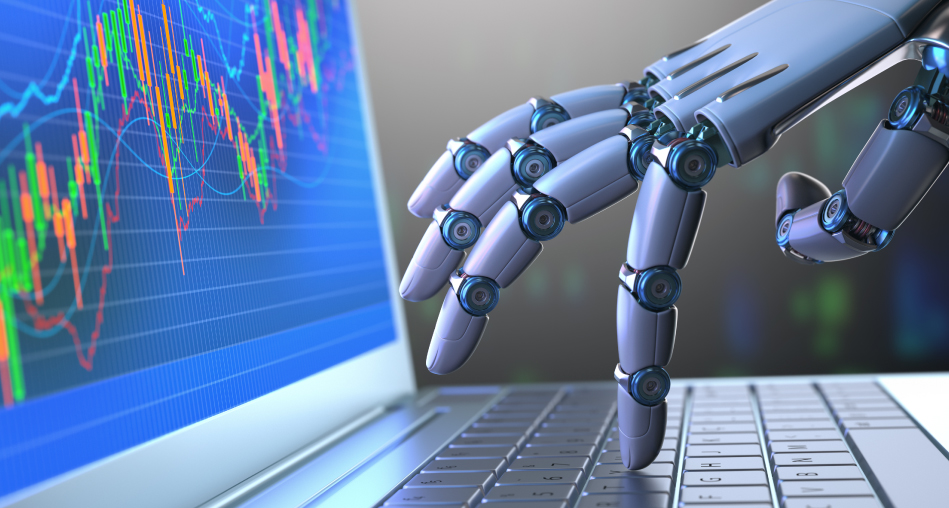In the rapidly evolving world of finance, automated trading systems have become a tool of choice for many investors seeking efficiency and precision. However, as enticing as the promise of algorithmic trading may be, navigating the intricate web of regulatory compliance is paramount.
The landscape is fraught with challenges: from data privacy laws to market manipulation rules, the stakes are high, and the consequences of non-compliance can be severe. Whether you are a seasoned trader or just starting out, understanding the regulatory framework that governs automated trading is essential.
In this article, we will unravel the complexities of compliance, offering insights and practical steps to help ensure that your trading system not only thrives in performance but also adheres to the stringent regulations set forth by governing bodies. Get ready to dive into the nuances of compliance, where every detail matters and a proactive approach can mean the difference between success and sanction.
Identifying Relevant Regulations for Automated Trading
When embarking on the journey to ensure compliance for your automated trading platform, the first step lies in identifying the array of relevant regulations that govern your activities. These rules can vary dramatically depending on your jurisdiction, the financial instruments involved, and the nature of your trading strategies.
For instance, standards set forth by the Securities and Exchange Commission (SEC) or the Commodity Futures Trading Commission (CFTC) in the United States can significantly influence how algorithms operate, while European regulations like MiFID II demand transparency and fairness in trading practices. Additionally, you must consider local laws, as well as the policies of the exchanges where your system will execute trades.
This labyrinthine web of regulations can seem daunting, but with diligent research and possibly the help of legal experts, you can navigate it effectively. By pinpointing the key regulations that apply to your specific context—ranging from market conduct to risk management—you can create a robust compliance framework for your automated trading system that not only meets legal standards but also fosters trust among your clients and stakeholders.
Designing Your Automated Trading System for Compliance

Designing your automated trading system with compliance in mind requires a meticulous approach to ensure that every decision made by the algorithm adheres to industry regulations. First and foremost, one must conduct a thorough analysis of the regulatory landscape that applies to the assets being traded.
This means not only understanding the rulesets from local governing bodies but also staying updated on international regulations that could influence your trading strategy. It’s essential to integrate compliance checks directly into your systems architecture—this could include automated reporting features, restrictions on trade execution under certain conditions, or fail-safes that trigger alerts when specific compliance thresholds are breached.
Moreover, consider establishing protocols for regular audits of your system’s performance against the compliance criteria. In this dynamic market environment, it’s not just about programming a winning strategy; it’s about ensuring that every trade aligns with the intricate tapestry of legal obligations that govern trading practices.
By blending compliance seamlessly into the design process, you not only safeguard your operations but also bolster your reputation as a responsible market participant.
Monitoring and Auditing Your Automated Trading System

Monitoring and auditing your automated trading system is not just a regulatory requirement; it’s a fundamental practice for safeguarding your investments and reputation. Regularly reviewing transaction logs and performance metrics helps ensure that the algorithms are functioning as intended and conforming to predetermined strategies.
But it doesn’t stop there—employing sophisticated techniques like backtesting, real-time monitoring, and risk assessment can reveal hidden inefficiencies or potential compliance breaches before they lead to significant consequences. Moreover, fostering a routine of transparent documentation and periodic external audits invites an additional layer of scrutiny, enhancing accountability and trust in your trading operations.
This proactive approach not only mitigates risks but also empowers traders to adapt swiftly to the ever-evolving landscape of financial regulations.
Conclusion

In conclusion, ensuring that your automated trading system complies with relevant regulations is not just a matter of legal obligation, but also a critical step in safeguarding your investment and reputation. By staying informed about regulatory updates, implementing robust risk management practices, and consistently evaluating your automated trading platforms compliance features, you can navigate the complexities of the trading landscape with confidence.
Moreover, engaging with legal and compliance experts can provide invaluable insights tailored to your specific trading strategies. Ultimately, a proactive approach to compliance will not only enhance the integrity of your trading operations but also contribute to a more stable and trustworthy market environment for all participants.


